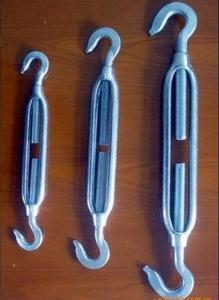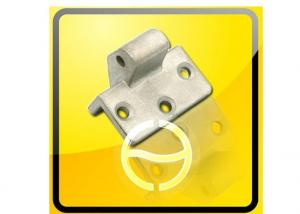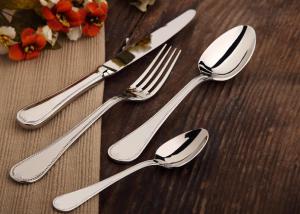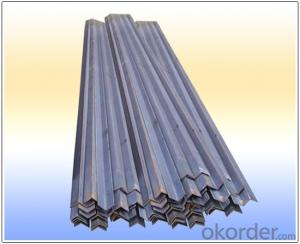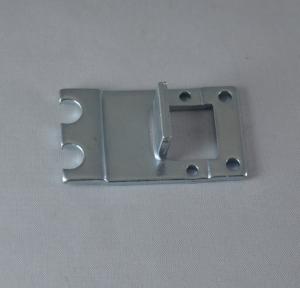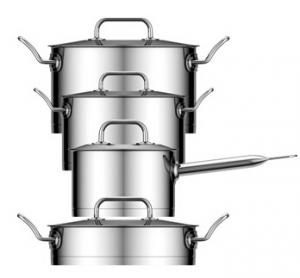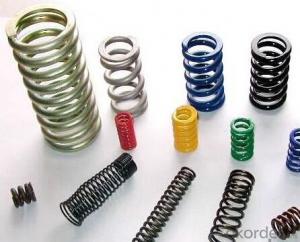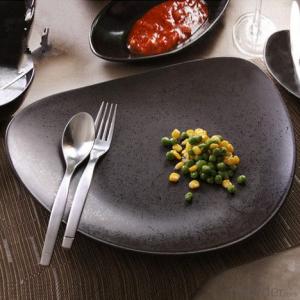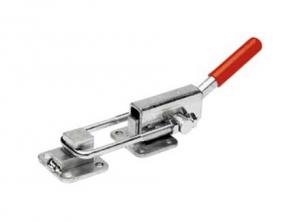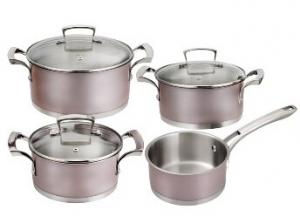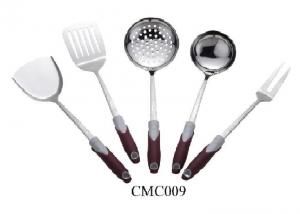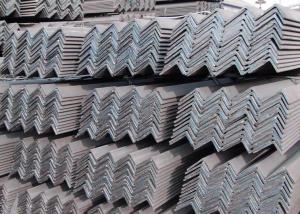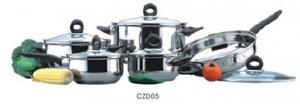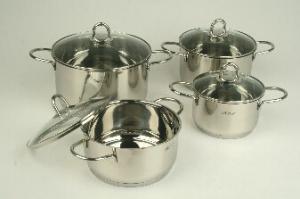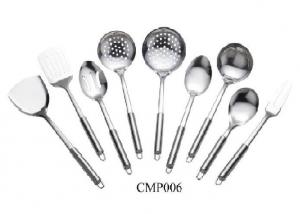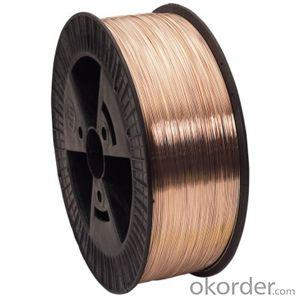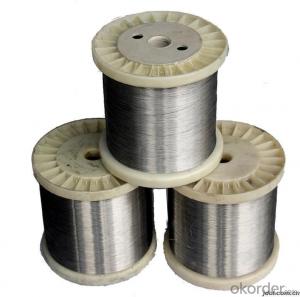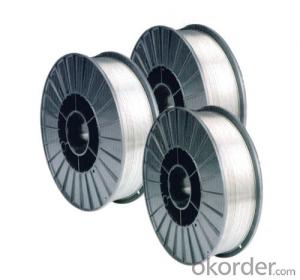Stainless Steel Tig Settings
Stainless Steel Tig Settings Related Searches
Tig Stainless Steel Stainless Steel Tig Rod Tig Weld Stainless Steel Stainless Steel Tags Stainless Steel Tile Trim Stainless Steel Trim Pitting On Stainless Steel Stainless Steel Refrigeration Stainless Steel Hardware Stainless Steel Sets Stainless Steel Pipe Fitting Stainless Steel Kitchens Stainless Steel Apliances Stainless Steel Pitting Stainless Steel Restoration Stainless Steel Tube Fittings Stainless Steel Toothpick Stainless Steel Jug Stainless Steel Hinge Forging Stainless Steel Stainless Steel Properties Stainless Steel Tools Stainless Steel Thermos Stainless Steel Appliance Stainless Steel Trim Strips Stainless Steel Ties Stainless Steel Teeth Stainless Steel Strength Stainless Steel Tubeing Stainless Steel StorageStainless Steel Tig Settings Supplier & Manufacturer from China
Stainless Steel Tig Settings encompass a variety of high-quality welding equipment, including tungsten electrodes, welding torches, and other essential accessories. These products are designed to provide reliable performance and durability in various welding applications. They are widely used in industries such as automotive, aerospace, and construction, where precision and strength are crucial. The versatility of Stainless Steel Tig Settings makes them an indispensable tool for professional welders and fabricators alike.Stainless Steel Tig Settings are highly sought after for their ability to produce clean, strong welds with minimal distortion. They are particularly useful in applications where corrosion resistance is a concern, such as in marine environments or food processing facilities. The precision of the Tig welding process allows for the joining of thin materials and intricate designs, making Stainless Steel Tig Settings an excellent choice for a wide range of projects. Whether it's for repair work, fabrication, or artistic endeavors, these settings offer a reliable and efficient solution.
As a leading wholesale supplier, Okorder.com offers a vast inventory of Stainless Steel Tig Settings to cater to the needs of businesses and professionals worldwide. With a commitment to quality and customer satisfaction, Okorder.com ensures that each product is thoroughly tested and meets industry standards. By partnering with reputable manufacturers, Okorder.com is able to provide competitive pricing and timely delivery, making it a trusted source for Stainless Steel Tig Settings and other welding supplies.
Hot Products


